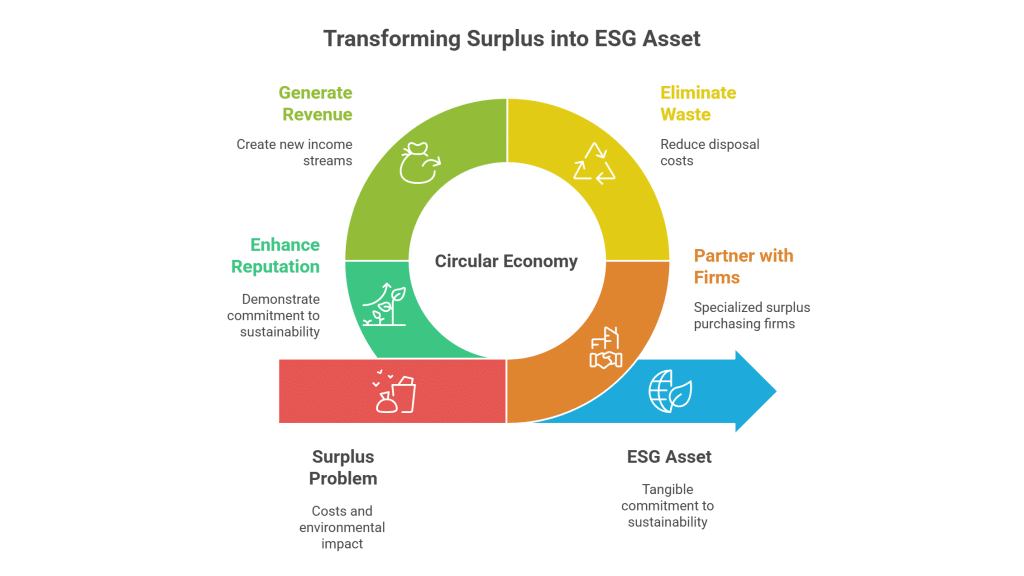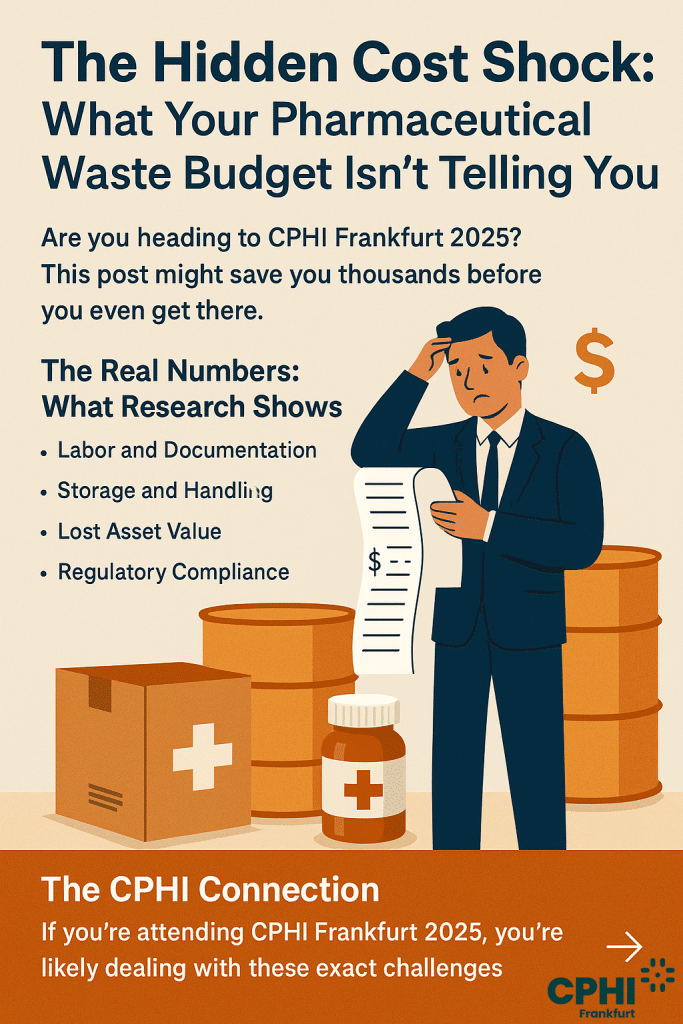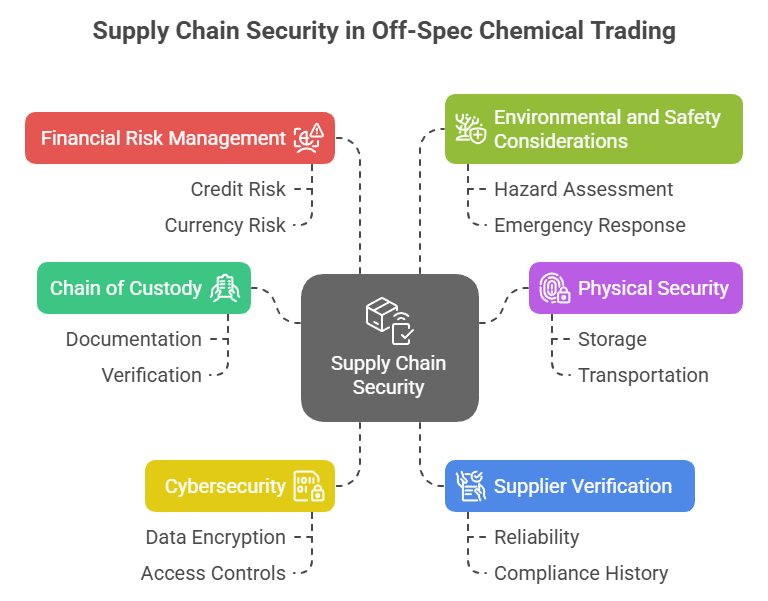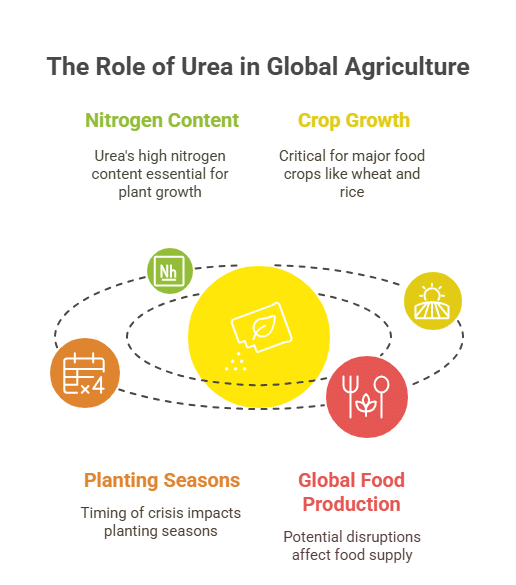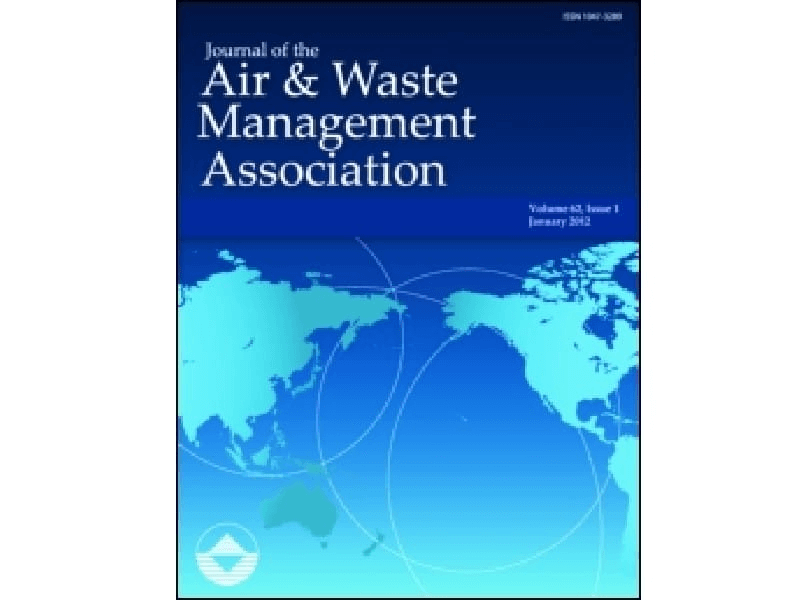Revitalizing Food and Agriculture with Calcium Propionate
Calcium Propionate is a specialty chemical acclaimed for its preservative capabilities, particularly in the food industry. Commonly recognized as E282, this additive is widely used to inhibit mold growth in bread, baked goods, and even in certain animal feeds, thus extending shelf life and maintaining product safety. In the competitive food and agriculture sectors, surplus inventory of calcium propionate can be both a challenge and an untapped opportunity. Excess stock often results in significant storage costs and regulatory concerns; however, by leveraging surplus chemical trading, businesses can convert these liabilities into revenue while ensuring that their chemicals are put to productive use.
Maximize Sustainability and Savings with Calcium Propionate in Food and Agriculture
The practice of buying and selling surplus chemicals like calcium propionate brings clear benefits to both sellers and buyers. Companies burdened with overstock can recover costs, free up valuable storage space, and bypass expensive disposal fees. Simultaneously, buyers gain access to high-quality materials at competitive prices, contributing to cost-effective production and sustainable sourcing. This exchange not only supports immediate economic incentives but also promotes longer-term environmental compliance and operational efficiency. By turning potentially wasted chemicals into profit, businesses reinforce sustainable practices and mitigate penalties associated with improper disposal.
Calcium Propionate in Food & Agriculture
For buyers, surplus calcium propionate provides an opportunity to source a proven, high-performance preservative at reduced costs. This not only lowers production expenses but also ensures a steady supply of key ingredients without compromising quality. Additionally, acquiring surplus stock contributes to sustainability goals by reducing waste and supporting environmentally responsible sourcing practices. Buyers can confidently incorporate this additive knowing it meets the strict regulatory standards in the food industry.
Sellers can convert excess calcium propionate inventory into immediate revenue, alleviating the pressures of storage costs and potential disposal fees. Liquidating surplus stock helps mitigate the risks associated with overstock and regulatory non-compliance, while also fostering a circular economy within the chemical supply chain. This transition frees up physical space and capital that can be redirected into innovative production or R&D efforts.
Table of Contents
From Excess to Opportunity: A Successful Surplus Trade in Food Preservation
A major food processing facility, specializing in high-quality baked goods, found itself facing an overstock of calcium propionate due to a seasonal dip in production demand. Rather than incurring high disposal costs and regulatory hurdles, the facility opted to sell its surplus via an established chemical trading platform. This decision turned a potential waste liability into a profitable revenue stream. By offloading the excess, the company not only recovered significant costs but also demonstrated a strong commitment to sustainable practices. The success of this transaction paved the way for similar ventures, proving that careful management of surplus chemicals can lead to both financial and environmental benefits.

